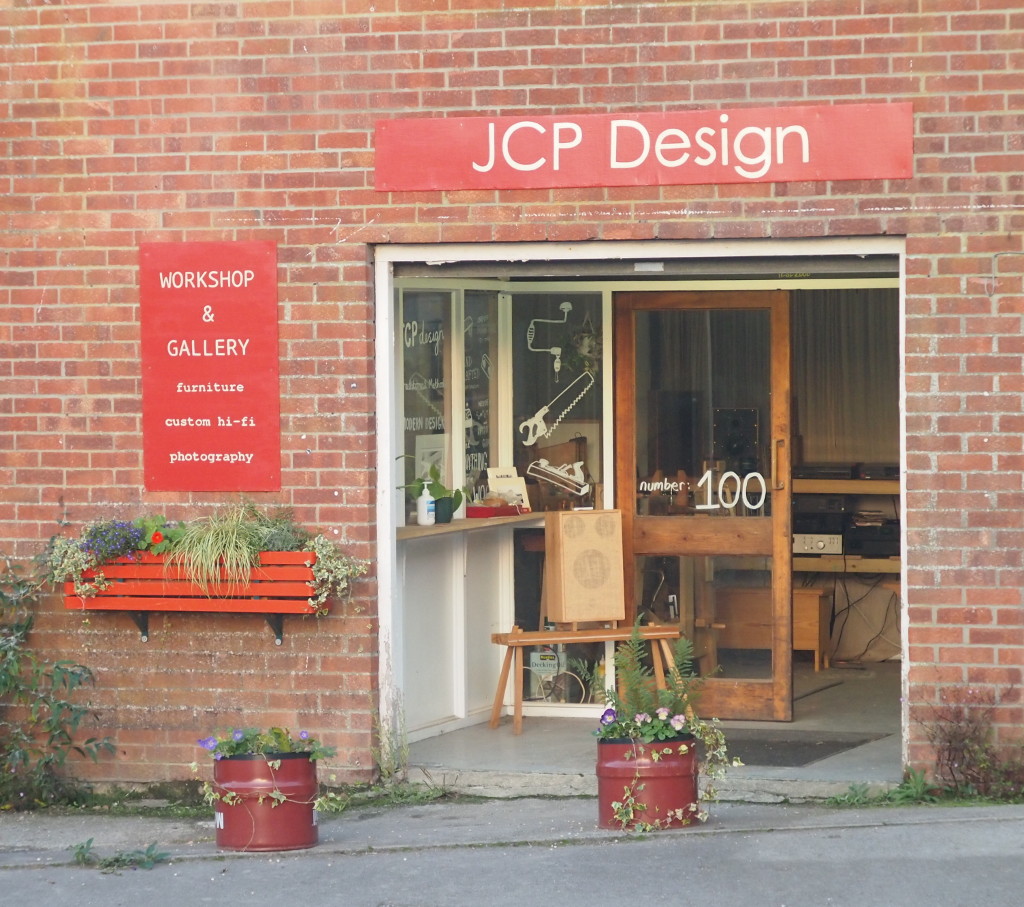OK well not quite 100%, the damping material, wire and cross-over components are all new, but the bulk of the wood is from pallets, the front and back panels are made from bits of an old plywood shelving unit, the grills are made from potato sacks (obviously) the tweeters were rescued from a pair of heavily water damaged 70’s Goodmans speakers, and the main woofers were doubly reclaimed having at some point been in some Wharfedale hifi speakers before spending a few years in various cars as door and parcel shelve speakers.
These speakers were commissioned to make use of these woofers, there were 8 originally, but dogs had had they’re way with most of them leaving only 5 viable woofers, and none of them were in particularly pretty shape either.
They sound like a pair of big old ’70s hi-fi speakers, essentially because they are, which I don’t think is too much of a bad thing. I didn’t have the specs for the woofers, or any idea about what kind of speakers they came from (they were probably from small ported bookshelf speakers) so I figured a sealed cabinet would be best and through trial and error found they sounded good with about 20 liters, so these cabinets are 40 liters each.





Like the Rustic horns all the nail holes and knots have to be plugged and sealed on the inside, adding a lot to the build time, I chose to used dovetails on the corners with miters at the edges to accommodate the plywood, again adding somewhat to the cutting complexity, but helping a lot at the assembly stage (vs just plain miters like on the RAF speakers) and making them generally pretty tough boxes.
In tests the bass rolled off fairly gently, which allows for some surprisingly deep bass notes (for 6″ woofers, less so for 40lt cabinets) to be rendered. Also got one to 108dB at 1m before loosing my nerve (30w solid state amp at about the 12 o’clock mark) not sure how much more the tweeters can handle.
40 liter sealed enclosures
560 x 355 x 265mm
1″ pine sides and bracing, with 3/4″ ply panels
2x 6″ woofers
1x 1″ tweeter


